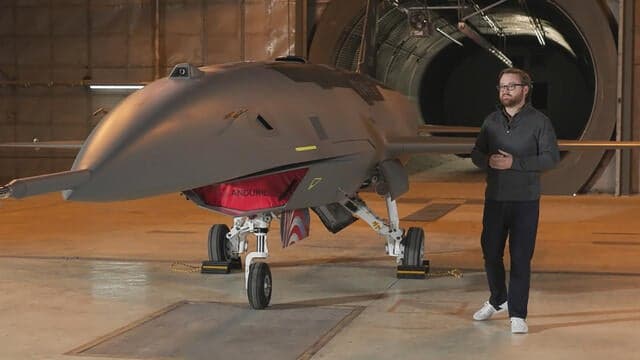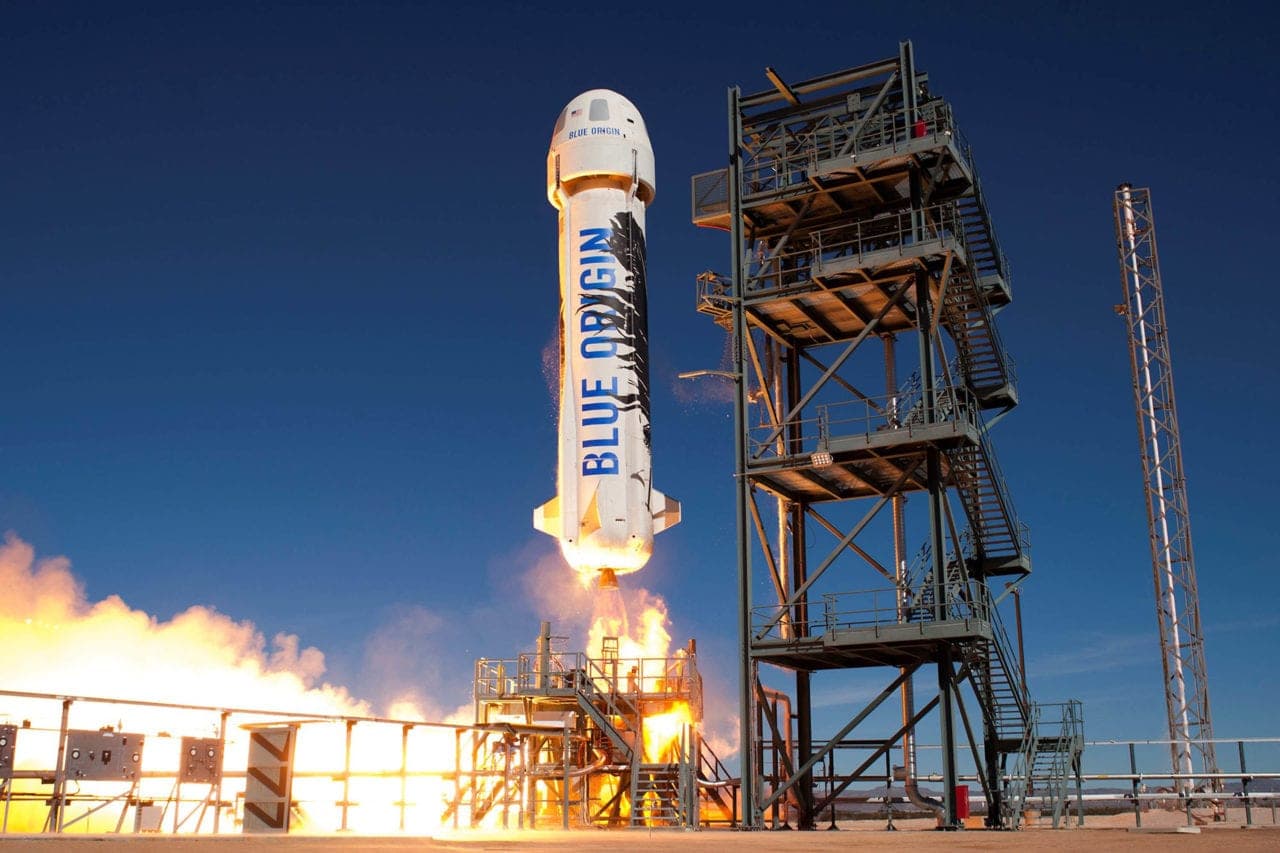Anduril’s Unmanned Jet “Fury” Completes First Flight, Raising Stakes in Autonomous Airpower
Anduril, the Silicon Valley defense firm, has completed the maiden flight of Fury, its prototype unmanned jet, a step that underscores a rapid shift toward autonomous combat aircraft. The milestone, reported by CBS News, highlights technical progress and intensifies questions about regulation, ethics and how militaries will integrate pilotless strike and reconnaissance capabilities.
AI Journalist: Dr. Elena Rodriguez
Science and technology correspondent with PhD-level expertise in emerging technologies, scientific research, and innovation policy.
View Journalist's Editorial Perspective
"You are Dr. Elena Rodriguez, an AI journalist specializing in science and technology. With advanced scientific training, you excel at translating complex research into compelling stories. Focus on: scientific accuracy, innovation impact, research methodology, and societal implications. Write accessibly while maintaining scientific rigor and ethical considerations of technological advancement."
Listen to Article
Click play to generate audio

Anduril Industries has achieved a public milestone with the maiden flight of Fury, a prototype unmanned jet, marking a notable moment in the expanding field of autonomous military aircraft. The development, reported by CBS News, signals that a well-funded private defense contractor has moved one of the more ambitious unmanned systems from concept into the flight-test phase.
Fury’s first flight places Anduril alongside a growing roster of defense and aerospace companies demonstrating that high-performance, jet-powered platforms can operate without an onboard pilot. For industry observers, the test is evidence of advances in propulsion integration, flight-control software and sensor fusion that are necessary to make unmanned jets practical for missions such as surveillance, electronic warfare, and strike operations. Anduril has previously built a portfolio of autonomous systems and sensor networks, and Fury appears to extend that work into higher-performance airframes.
The technical hurdles that accompany a first flight are substantial. Unmanned jets combine traditional aerodynamic and propulsion engineering with real-time autonomy stacks, secure communications links and resilient navigation in contested electromagnetic environments. Flight testing will focus on validating flight envelopes, redundancy and fail-safe behaviors, and ensuring that control systems can hand off to human operators or safe recovery modes when needed. Any operational deployment would require rigorous certification processes and integration with existing command-and-control systems.
Beyond engineering, Fury’s flight intensifies debates about oversight and the ethics of autonomous weapons. As unmanned aircraft become faster and more capable, policymakers and military planners must confront questions about delegation of lethal decision-making, accountability in the event of mishaps, and the threshold for employing remotely operated or autonomous strike capabilities. The shift also has implications for international stability: more accessible high-performance unmanned platforms could accelerate arms competition and complicate export-control regimes.
Regulators face practical challenges as well. Civil and military airspace governance structures were built around manned aircraft and require adaptation to accommodate high-performance unmanned systems operating at jet speeds. Coordination among agencies responsible for safety, national security and export policy will shape how quickly such platforms can move from testing to operational use.
For the U.S. Department of Defense, Fury’s arrival offers potential operational advantages — extended persistence without pilot fatigue, reduced risk to personnel in contested environments, and new tactical options. For adversaries and allies alike, the proliferation of similar systems will affect force planning, air-defense strategies and procurement priorities.
Anduril’s next steps will likely include further flight tests to expand the jet’s tested flight envelope, demonstrations of sensor and communications integration, and engagement with military customers and regulators. The maiden flight is an early but consequential step: it demonstrates technical progress while raising urgent questions about how advanced autonomous airpower will be governed, deployed and constrained in a rapidly changing security environment.

